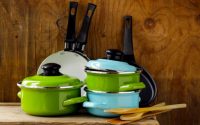Japanese Barbeque Grills 101
Posted in Kitchen Appliances By Ben Eliot On April 24, 2023Few cultures have embraced the art of grilling quite like Japan. The country has a long and rich history of barbecuing and uses a range of unique grills that are perfect for creating delicious meals al fresco. Slowly but surely, the world has embraced these meals and the grills have become an integral part of many built-in outdoor kitchen designs.
History and Origin of Japanese Barbeques
Traditional Japanese grilling can be traced back to the Edo period between 1603 and 1868. During this time, the country’s citizens developed a signature style of grilling over charcoal known as robatayaki. It involved sitting around a hearth that was often built into the centre of the floor and preparing meats and veggies over the open fire.
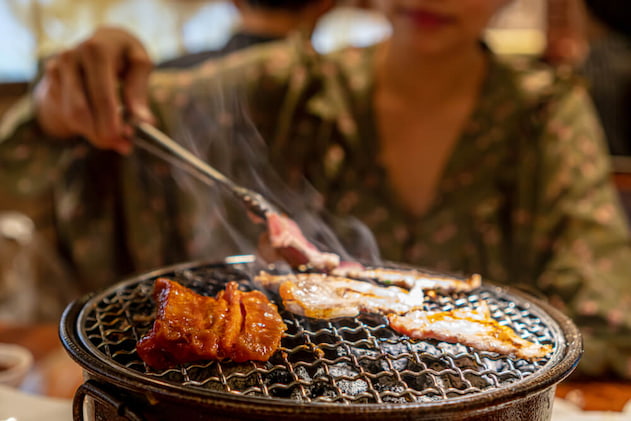
Over time, people modified and improved the technique with specialised grills and fuels to suit different types of meals. These days, having a sturdy and reliable Japanese barbeque grill is an integral part of a modern cooking experience, with specific models now available for those who are passionate about authentic Japanese cuisine.
What Types of Japanese Barbeque Grills Are There?
To truly embody the spirit of Japanese barbecuing, you’ll need to get rid of conventional models that feature a single grate and opt for something more authentic. The way the real pros do it involves using one of the following types of options:
Hibachi
Start off with the small, portable hibachi grills, that are often made from cast iron and feature a long body with a lid. Their open-grate design comes with several heat zones that can be adjusted to cook different types of food.
When you place your items on the grill, they will cook evenly and give them a beautiful sear at the same time. The charcoal fuel is smoky and not overly intense, with hints of sweet flavours that will make your food truly stand out.
Shichirin
For something a bit more versatile, you can opt for the shichirin grill. This type of barbecue also uses charcoal as fuel and is designed to be a low-heat, slow-cooking device. Its round and portable shape means it’s quite suitable for small spaces and its open grate design will slowly draw out moisture to perfectly cook your food.
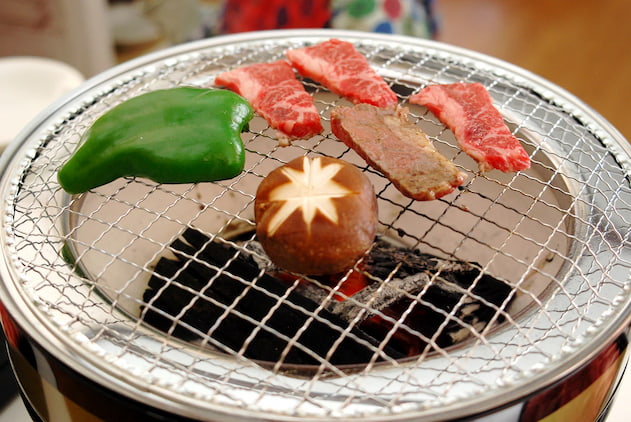
The main component of the shichirin is clay, which helps insulate the grill and keep heat levels consistent. As a result, you can prepare the food in a much shorter time without compromising on flavour.
Yakitori
If you want to take things a step further, the yakitori option has enough space for multiple skewers at the same time. Its closed-in design traps in smoke and heat, as well as smoky char-grilled flavours, giving your food a memorable and exquisite taste. It also helps to keep the fuel separate from the food, ensuring that it doesn’t get contaminated.
As for materials, yakitori grills are usually made from cast iron or stainless steel and feature a pair of handles for easy transport. They have an additional coating of glaze to protect the surface and make them easier to clean.
Teppanyaki
The next option is a rather striking one, both in terms of design and performance. Teppanyaki grills feature a flat-top surface that has enough room to seamlessly cook several items simultaneously. This type of grills relies on a specialised electric heating element to produce consistent and high-quality results.
Not only are they suitable for large-scale meals, but their sleek and shiny design also adds a touch of sophistication to the overall atmosphere. This particular kind of Japanese barbeque grill has become so popular that many restaurants use it as part of their showmanship.
Robata
Finally, there’s the robata, which is probably the type of Japanese barbeque that comes closest to the original designs. It features a long, rectangular body with multiple-tiered grates that can be adjusted to achieve different levels of heat. The fuel used for this type of grill is usually charcoal, known as robatayaki, and the heat is distributed evenly across the entire surface.
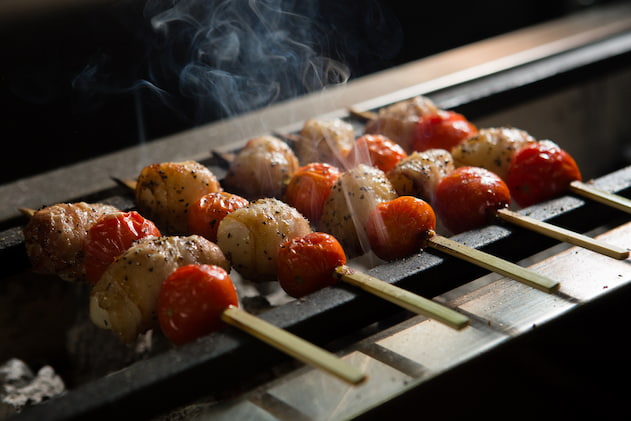
Given their versatile design, robata grills can be used to cook a wide array of items and their smoky flavour will give them an unmistakable aroma. The more you use them, the more proficient you’ll become in controlling the heat and making sure each dish is cooked to perfection.
Japanese Grilling Tips and Tricks
No matter which type of Japanese barbeque you decide to use, you’d need to take certain steps to maximise flavour and safety. It doesn’t have to be a complicated process, with even the simplest of tasks making a big difference.
Don’t Overload the Grill
We’re all more or less tempted to stuff as much food as possible on the grill, but this can be incredibly dangerous. Not only will it be difficult to move the food around, but smoke can also easily get trapped and cause flare-ups.
To ensure safety from the start, it’s best to place items on the grill in even layers and leave enough room for heat circulation. Avoid crowding the surface and keep a fire extinguisher handy for any unexpected accidents.
Decide on the Right Fuel
While some models have specific fuel requirements, most of the time you’ll be able to use either charcoal or wood. The former is more efficient and can be lit faster, while the latter will give you a smokier flavour.
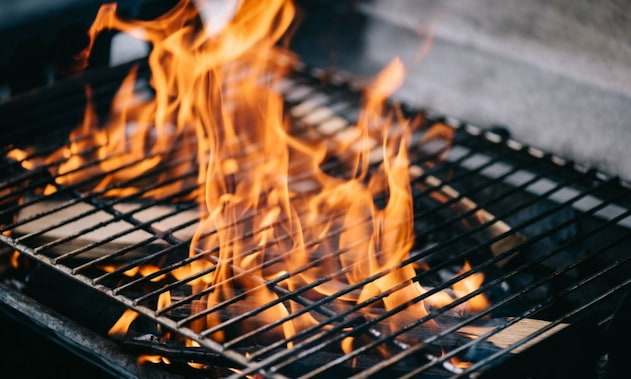
If you’re using charcoal, make sure you go for a high-quality brand and never use lighter fluid to start the fire. For wood, use clean and dry logs that were cut down no longer than six months ago.
Season Your Food
This might seem like a no-brainer, but so many people forget to season their food before grilling. It’s essential that you add salt and pepper or other spices, as this will help to seal in the moisture and enhance the overall flavour.
Melting butter or vegetable oil on the surface can also be beneficial, as it helps to stop the food from sticking and burning. When you place the items on the grill, make sure to do it gently and with enough space between them.
About Author
ben


